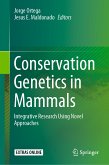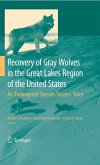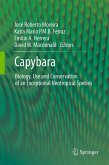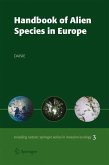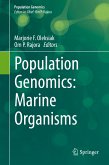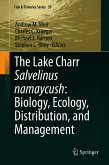The book's studbook analyses are grouped in three interrelated sections: natural history, demography and genetics. Statistical tests to determine the significance of results or to compare results between subgroups are undertaken throughout. Real studbooks of a variety of species, e.g. cranes, wolverines, blesbok, illustrate the practical applications and interpretations of the analyses and statistics. The "natural history" section presents analyses to determine baseline species information such as litter size,inter-birth interval, longevity and seasonality. "Demography" covers census(-style) analyses, age-class based life tables, comparative survival analyses and population projections. Solutions for dealing with small sample sizes are included.Inbreeding depression and unconscious selection form the main focus of the "genetics" section. Survival and life table analyses are used to assess inbreeding effects. Quantitative genetics methods are applied to natural history traits as a tool to monitor genetic variation. A fourth section on "conservation" shows how data from captive populations can be used where natural history data from wild populations are missing. A real example uses studbook data to inform Population Viability Analysis. The final section deals with issues related to incomplete and missing data and statistical topics.
The purpose-written open-source software programs "Population Management Library (PML)" and "studbookR" used for analyses in the book, are available at www.princee.com.
Dieser Download kann aus rechtlichen Gründen nur mit Rechnungsadresse in A, B, BG, CY, CZ, D, DK, EW, E, FIN, F, GR, HR, H, IRL, I, LT, L, LR, M, NL, PL, P, R, S, SLO, SK ausgeliefert werden.



